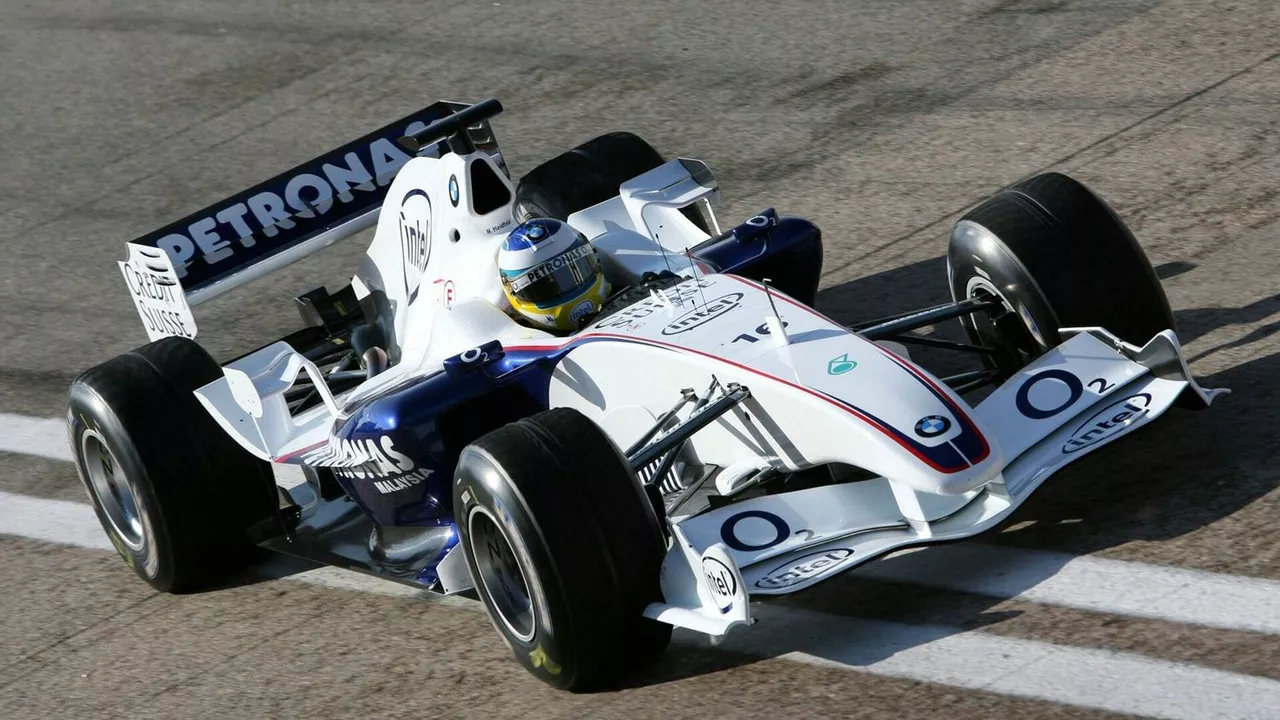MotoGP Comparison: How the Best Bikes and Riders Stack Up
If you love MotoGP, you’ve probably wondered which bike is faster or which rider is the most consistent. The good news is you don’t need a PhD to break it down. In this guide we compare the latest machines, key stats, and rider performance so you can pick your favorite faster than a lap at Mugello.
Bike Specs at a Glance
All MotoGP bikes run a 1000 cc four‑stroke engine, but the details matter. Honda’s RC213V focuses on a high‑revving power curve, giving you plenty of pull out of the corner. Yamaha’s YZR‑M1 leans on a smoother torque delivery that feels more controllable on wet tracks. Ducati’s Desmosedici GP19 adds a V4 layout, which means a different sound and a slightly heavier engine but a huge torque boost low down.
Electronics are where the magic happens. Most factories use traction control, wheel‑speed sensors and a sophisticated engine map. Ducati’s side‑switch system lets the rider change settings mid‑lap, while Yamaha sticks to a more classic, rider‑focused setup. When you compare lap times, the electronic package can shave off a tenth of a second per corner – a big deal over a race distance.
Rider Performance Overview
Rider stats are easy to read: wins, podiums, pole positions and average lap time. Marc Márquez still leads with the most wins in the last five seasons, but his recent injuries have opened the door for others. Francesco Bagnaia (Pecco) has been a constant podium finisher and now holds the highest average qualifying speed, meaning he often starts ahead of the pack.
Look at consistency, too. A rider who finishes every race in the top five can outscore a more erratic champion. In 2024, Fabio Quartararo hit the most poles but only managed three wins, while Bagnaia turned solid finishes into a championship. Comparing these numbers helps you see who really dominates, not just who gets the flashiest moments.
Another angle is style. Some fans love Márquez’s aggressive corner‑entry, while others prefer the smooth lines of Joan Mir. The bike you pick often matches the rider’s style – a bike with a peaky power band suits a rider who loves to brake late, whereas a broader torque curve helps a smoother rider stay stable.
So how do you use this info? If you’re debating which team to follow, line up the specs you care about – engine feel, electronics, handling – and match them with the rider’s stats that matter to you, like win rate or consistency. Most fans end up cheering for a combination that feels right, whether it’s a Ducati with a strong torque feel or a Yamaha with a predictable power delivery.
In the end, MotoGP comparison isn’t about declaring a single “best” bike or rider. It’s about understanding the trade‑offs and spotting what clicks for you. Use the specs, look at the numbers, and you’ll enjoy every race even more because you know exactly why a bike or rider is pulling ahead on the track.
